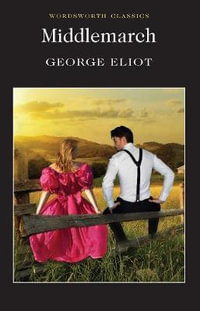Cervantes' tale of the deranged gentleman who turns knight-errant, tilts at windmills and battles with sheep in the service of the lady of his dreams, Dulcinea del Toboso, has fascinated generations of readers, and inspired other creative artists such as Flaubert, Picasso and Richard Strauss. The tall, thin knight and his short, fat squire, Sancho Panza, have found their way into films, cartoons and even computer games. Supposedly intended as a parody of the most popular escapist fiction of the day, the 'books of chivalry', this precursor of the modern novel broadened and deepened into a sophisticated, comic account of the contradictions of human nature. Cervantes' greatest work can be enjoyed on many levels, all suffused with a subtle irony that reaches out to encompass the reader. Translated by Tobias Smollet. With an Introduction by David Whitlock. According to tradition Cervantes first conceived his comic masterpiece in jail - his avowed intent being to debunk the romances of chivalry. From first publication 'Don Quixote' was a best-seller, initially taken as a knockabout account of a mad Spanish gentleman and his cowardly peasant squire, but later reinterpreted as an enlightenment text, a representation of universal human nature, a myth of a tragic hero defending man's nobler aspirations, a study in alienation, a spiritual autobiography, a metaphor for Spain's imperial decline, an experimental novel that shaped later prose fiction, a tragedy and comedy in one, and a demonstration that ambiguity and uncertainty can lie at the centre of great art and that great art can be comic. Smollet's vigorous and lively translation brilliantly catches the feeling and tone of the Spanish original. It is a comic novelist's homage to a comic novelist. AUTHOR: Miguel de Cervantes Saavedra was born in Alcala de Henares, near Madrid, Spain in 1547. His classic work, mostly written while he was in prison for debt, was 'The Ingenious Gentleman Don Quixote of La Mancha'. Part I was published in 1605, and was almost immediately hailed as a masterpiece. The second part was finally published to great acclaim in 1615, just before his death the following year.











